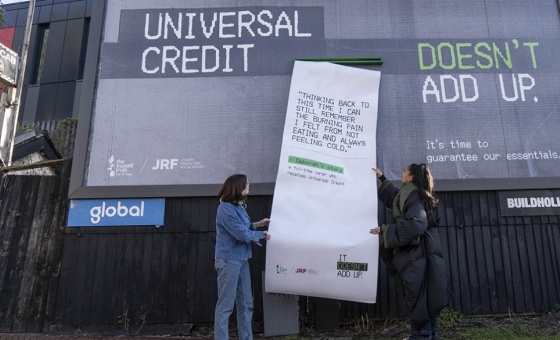This is the last article you can read this month
You can read more article this month
You can read more articles this month
Sorry your limit is up for this month
Reset on:
Please help support the Morning Star by subscribing here
NOT MANY of us have the leisure to water an entire allotment every day, and — given years of systemic underinvestment by shareholder-owned water companies — we’re all likely to see restrictions on use before the end of the summer. As Nye Bevan said, priorities are the religion of socialism, and the same applies in gardening.
A general hierarchy of need would have perennial plants at the bottom and anything grown in containers, or in a greenhouse, at the top. That’s not to say that a perennial plant won’t benefit from watering, but rather that an annual may die without it. And if the edible part of a plant is very juicy, like a radish, tomato or cucumber, it stands to reason that, as a rule of thumb, that plant needs more water.
Pots and other containers which have dried out completely need rehydrating from above and below. Stand them in a few inches of water (a kids’ paddling pool is perfect) for a couple of hours and water the surface of the compost using a watering can with the rose on it.
You don’t need to worry much about main crop potatoes. This late in the summer, a lack of water probably won’t effect their yield significantly. It can cause a skin condition on the tubers called scab, but that sounds more terrible than it is — it comes off when you peel the spuds.
Perhaps surprisingly, you can get away with not watering peas too often, provided they received generous irrigation when they were flowering. Runner beans won’t produce good crops if allowed to go dry for more than a few days, but French beans are a bit more adaptable. Young pea and bean plants should only receive enough water to survive; if you overdo it, you can end up with lots of bushy, green growth, and not many pods.
“Crunchy vegetables” isn’t a recognised botanical category, but you know what I mean: things like celery and bulb fennel need plenty of watering otherwise the plants will flower and set seed prematurely and you’ll lose the whole crop.
Courgettes and marrows belong in different groups when it comes to watering. Courgettes want constant watering, while marrows and squashes, once the plants are well established, can manage with much less.
Most root crops, like parsnips and carrots, can go dry for at least a week without suffering. In the absence of rain, try to really soak the soil around them every 10 days or so. Anything grown for its leaves — such as cabbage and lettuce — is at the other end of the scale, a top priority for the watering can.
Onions, garlic and leeks can be ignored except when they’re very young. Once they’re growing away they never need watering.
One final rule to remember: always wet the soil round the plant, not the plant itself.











